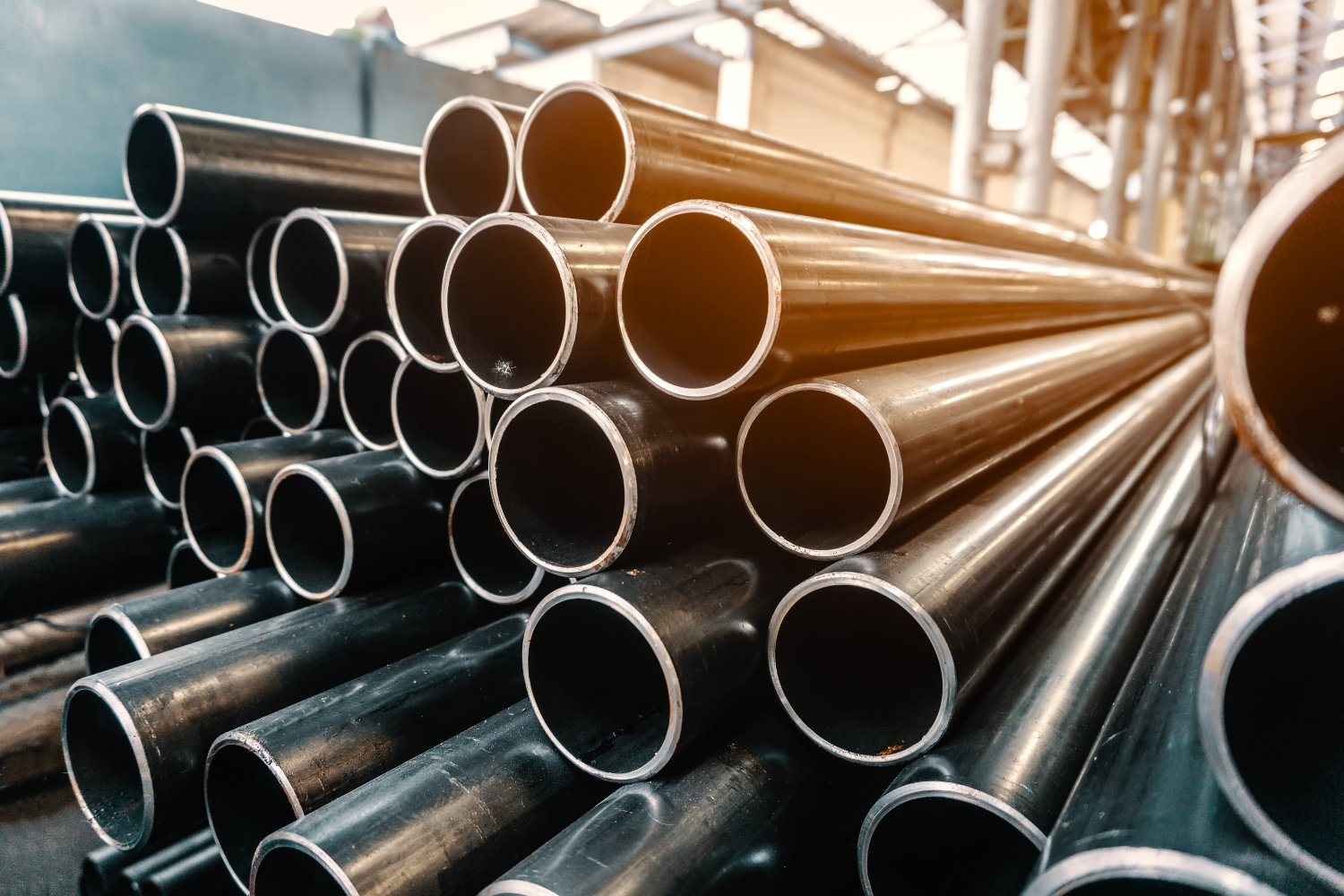Galvanized steel can be more difficult to spot weld than uncoated metals, but it’s definitely possible and commonly done. Before we get into the unique considerations of welding this particular metal, here’s a brief refresher on spot welding and galvanization.
Spot welding is a form of resistance welding. A current is passed between two electrodes through multiple sheets of metal. The weld occurs in a small “spot” where the electrodes concentrate enough current to heat, melt and join the pieces together.
Galvanization is a process that has been an industry standard for decades. The galvanized material is used to coat metal pieces to reduce the risk of rust. However, the coating material contains zinc which produces a few problems in spot welding.
The Problem With Welding Galvanized Metal
Zinc has a lower melting point than the steel workpieces being welded. The zinc alloys with the copper in the electrodes and produces brass on the weld surface. This exchange makes the process more intricate than welding bare steel. Furthermore, it reduces the life of the electrodes.
Solutions For Galvanized Spot Welding
Here are a few areas to consider as you approach the task of spot welding galvanized steel.
Materials
The brass accumulation on the weld surface deteriorates the electrodes much faster than in other bare metal processes. Make sure the electrode faces are dressed more frequently, or that the electrodes are changed out more often.
The most common materials for welding galvanized steel are RWMA Class 1 and Class 2. However, Class 20 material is well-suited for this tricky task due to its heat resistance and anti-stick attributes. Knowing this, companies charge a premium for this material. So bear that in mind and make sure you have the equipment and processes in place to use it if you choose Class 20.
Power Supply
Welding galvanized steel requires a higher electric current compared to bare steel. This is due to low contact resistance from the coating on the metal. Ensure you have enough power to accomplish this task.
Coating and Corrosion Issues
In most situations, the zinc coating is simply welded straight through. The areas that lose the zinc coating will be more susceptible to rust corrosion, but it’s usually not much of a problem. However, certain applications may require the metal to be as corrosion-resistant as possible. In these cases, the steel workpieces may need to be re-galvanized after the welding process is complete. This process may be time-consuming, but it increases the long-term integrity of the steel.
Proper Care of Galvanized Metal
Here’s a checklist to follow when it comes to the care and handling of galvanized steel:
- Don’t expose the steel to conditions where the pH is between 6 and 12. This can lead to corrosion of the galvanized material.
- Avoid direct contact between the galvanized steel and other metals including brass and copper, especially in a corrosive environment.
- Avoid washing or cleaning the galvanized steel materials with an abrasive. A natural layer of oxidation called the “patina” can build up on metal surfaces. Harsh cleaning will remove the patina and leave the steel vulnerable to zinc consumption, reducing the life of the steel.
- If the steel is in a highly corrosive environment like the coast or an industrial area, make sure that it is rinsed regularly with potable water.
- Storage areas for galvanized steel should be dry and well ventilated. The steel should not be stored in damp and poorly ventilated areas.
Health Issues
Working with galvanized steel comes with its own health challenges. Operators working with these materials should always remain aware of the issues and take the appropriate precautions. Here are a few things to be aware of:
- Because of the lower heat at which the zinc coating melts, the zinc will vaporize. If inhaled, the vapor can cause a health condition known as metal fume fever. The symptoms - many of which are flu-like - include nausea, headaches, high fevers, thirst, and body shivers. The effects usually dissipate after forty-eight hours.
- There is a small amount of lead in galvanized steel. Just like Zinc, the lead can vaporize and form lead oxide fumes. These fumes are extremely dangerous and can cause long-term health issues including brain and lung cancers, s well as nervous system disorders. Operators who are spot welding galvanized steel should take the appropriate steps to protect their respiratory systems from these vapors.
Implementing proper ventilation or fume removal systems in the workplace can prevent these issues from ever happening.
Safety Issues
A safe and healthy work environment is one of the most important factors of success. Make sure you’ve completed the proper training protocols - both welding and safety - before spot welding galvanized materials. All welding should take place in a well-ventilated area for the safety of everyone involved.
Spot welding galvanized steel is a difficult and potentially dangerous operation to execute, but it’s possible with the proper tools and training. Make sure that you’re provided with both before starting these welding jobs.
As always, Tuffaloy is here to help with content fit for the resistance welding industry. Stay updated by subscribing to our email list and following us on social media, especially LinkedIn; we love LinkedIn.



